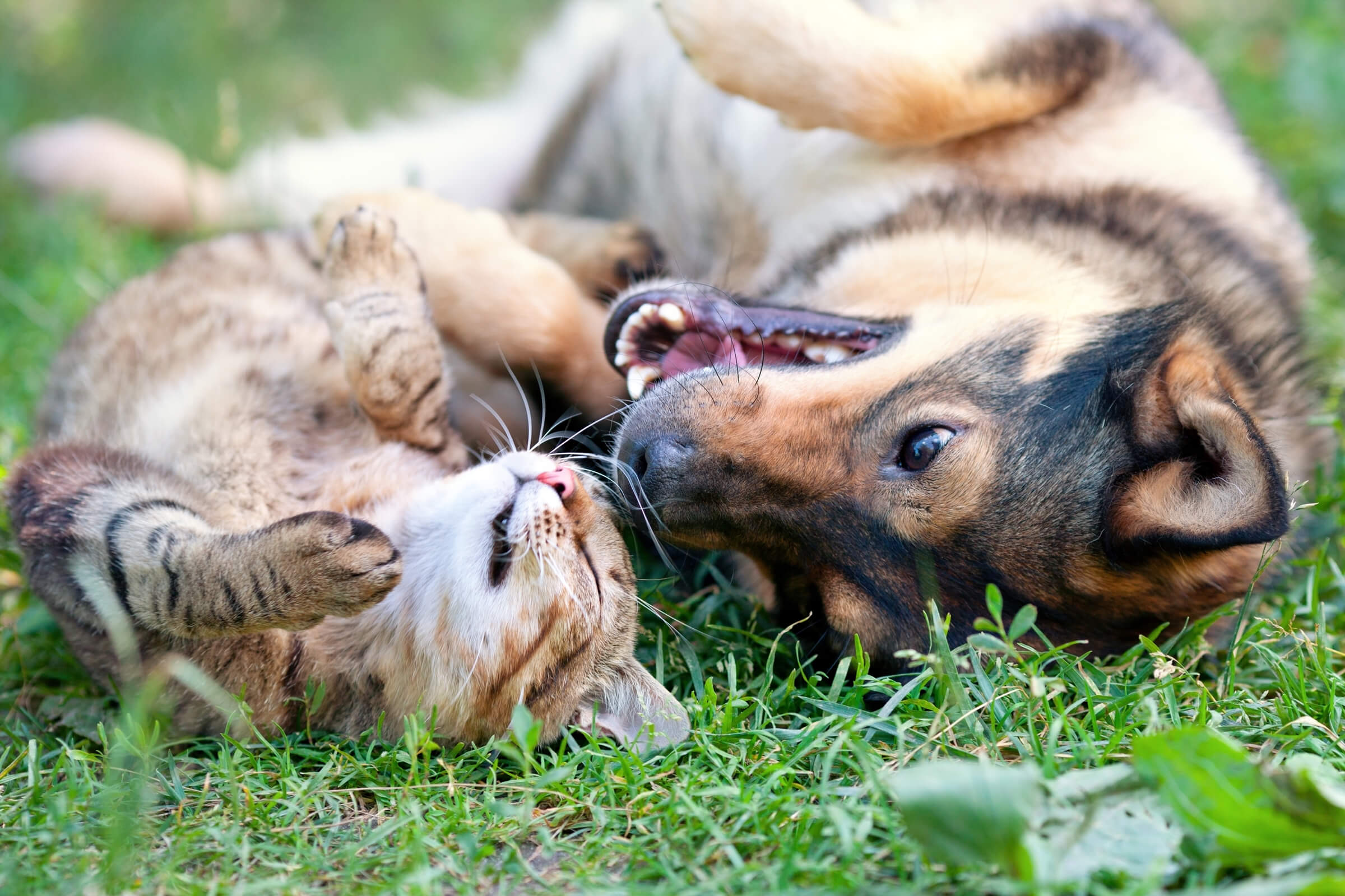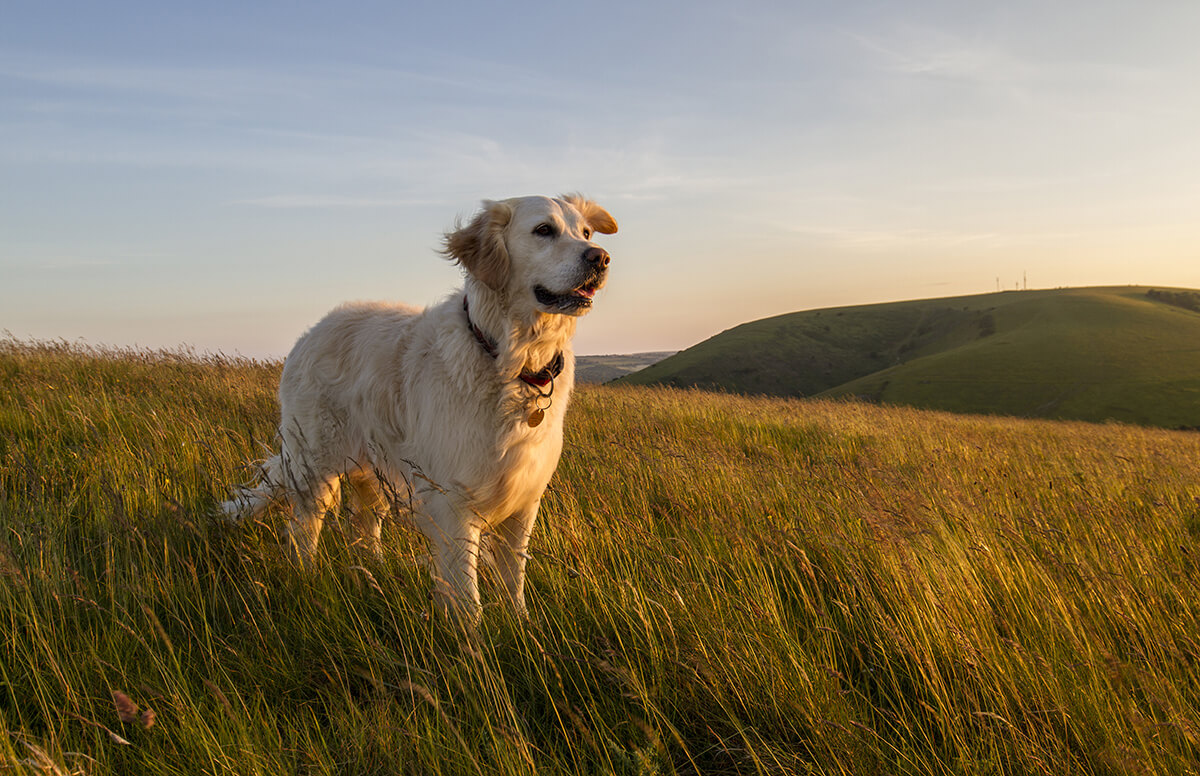
 Menu
Menu
Shoulder Luxation

Shoulder Luxation
The shoulder joint, unlike other joints, does not possess collateral ligaments. It’s paired medial and lateral glenohumeral ligaments are present but merely act as capsular thickenings, conferring little stability to the joint overall. Just like in humans, joint stability is maintained by “rotator cuff” muscles; the supraspinatus, infraspinatus, teres minor, and subscapularis muscles. Shoulder luxation (dislocation) can be congenital or acquired and is described depending on the direction that the humeral head is displaced in relation to the glenoid cavity (cranial, lateral, medial most common). Traumatic luxation (as a result of direct extrinsic force e.g. road traffic accident) is uncommon in both the dog and the cat, but when it does occur, medial luxation predominates. This is in contrast to large breed dogs, which tend to present with lateral shoulder luxation following a traumatic insult.
The shoulder blade can also luxate from the body wall as a result of significant trauma.
What are the signs of shoulder luxation?
Clinical signs of shoulder luxation are the same for traumatic and congenital luxations. Patients are lame, with varying degrees of pain or discomfort. Palpable distortion of the anatomy is noted and in traumatic cases an obvious soft tissue swelling can usually be appreciated.
When the shoulder blade luxates from the body wall the shoulder blade appears too pronounced above the back.
How is shoulder luxation diagnosed?
Radiographic views of both limbs confirm the diagnosis, along with physical examination and history. Manipulation under sedation or anaesthesia is also useful to assess the shoulder anatomy.
How is shoulder luxation treated?
Conservative treatment via manual reduction (under sedation or anaesthesia) is usually successful in cases of traumatic medial shoulder luxation. A Velpeau sling is necessary for at least a fortnight, followed by gradual return to function and normal activity over a 4 week period.
Longer periods of immobilisation may be required if the shoulder is grossly unstable or if owner or patient compliance is lacking and premature activity occurs.
Lateral luxation, if treated promptly and the shoulder joint is relatively stable when reduced, can also be managed conservatively but the limb should be placed in a neutral sling, rather than a velpeau sling, which adducts (brings closer to the body) the shoulder.
Cranial (towards the head, or forward) or caudal (towards the tail, or backward) luxations are rare, but can be managed conservatively if reduced early. Return to function is similar to that with medial or lateral luxations.
If closed reduction (through manipulation without surgery) cannot be achieved, or if the joint is grossly unstable despite reduction, surgical reconstruction of the glenohumeral ligament(s) and the joint capsule is recommended. There are many techniques used to achieve this, but transposition of either the biceps brachii tendon or the supraspinatus tendon are commonly used, as well as suture augmentation of stability. Sometimes, bone plating and screws may be recommended where instability is severe, and salvage procedures such as arthrodesis (joint fusion) or excision arthroplasty (removal of the articulating surfaces of the shoulder joint and allowing a false joint to be created) may be recommended.
If the shoulder blade luxates from the body wall, the supporting muscle structures have been disrupted. These will need repair and oftentimes the scapula (shoulder blade) need attachment to the body wall, usually the rib cage.
What is the long term prognosis for dogs and cats following shoulder luxation?
The long term prognosis for traumatic luxation, if treated promptly, without the need for salvage procedures, is generally good. Animals that undergo joint salvage tend to experience longer recovery periods, with a limited range of motion and altered gaits although function can be very satisfactory.
Stay in touch
Follow us on social media and keep up to date with all the latest news from the MVS clinic.



